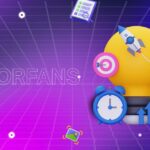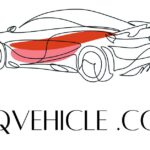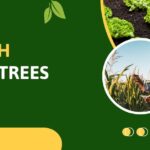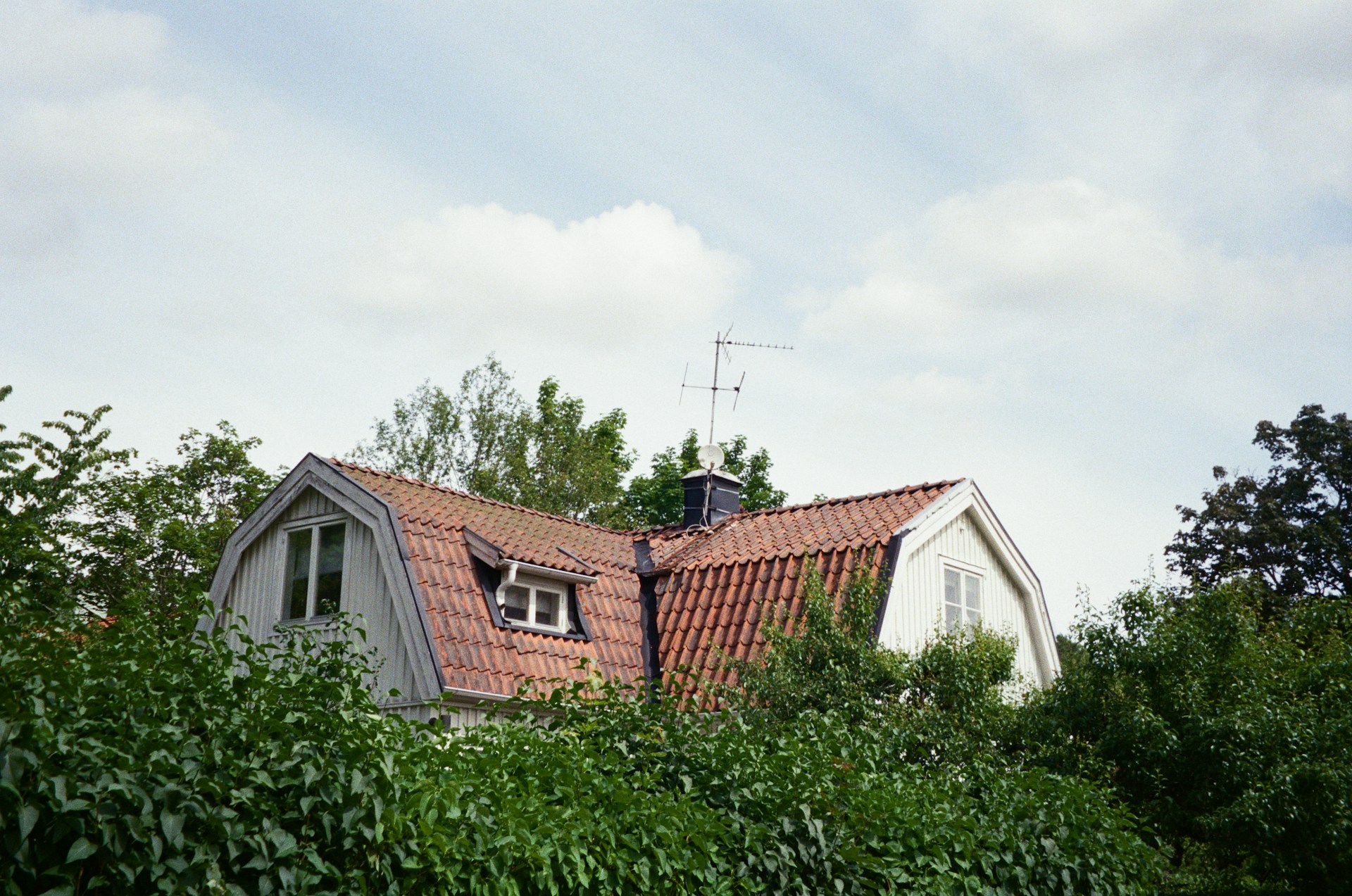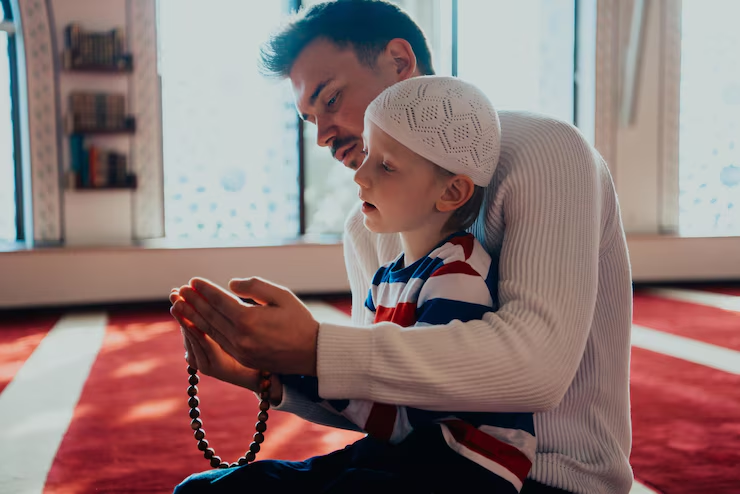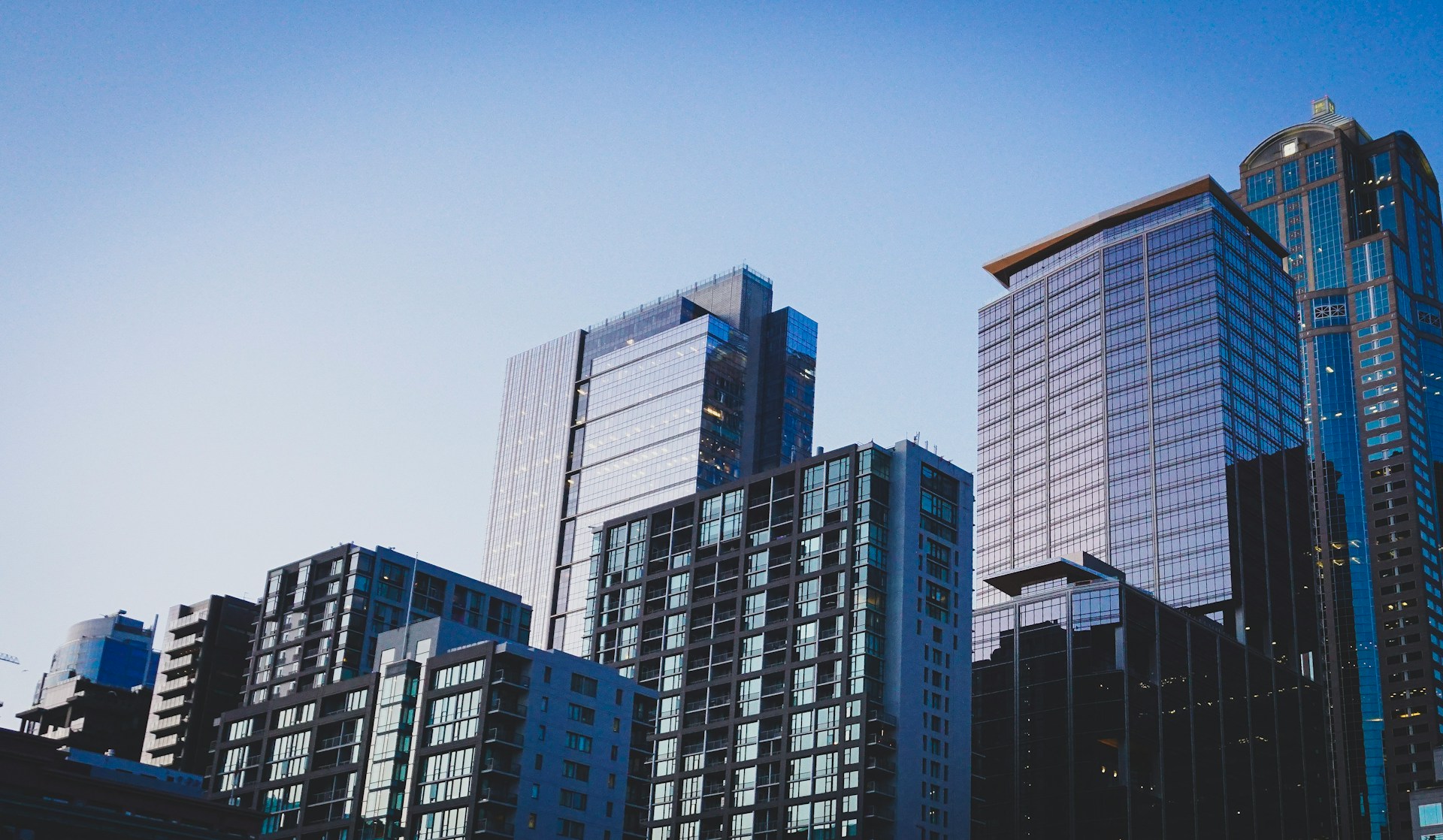I stumbled upon Julie’s work on Instagram, my daily source of artistic fiber. I experienced a kind of visceral glee from gazing at her visually arresting paintings surmounted only by the longing to see (and perhaps touch) her works in person. She successfully marries a stunning painting practice with tactile elements that emerge from the canvas. The Manhattan-based artist engages with several different media including painting, sculpture, video installation, and photo collage.
Artist Statement:
As we work through our lives, we tend to lose our connection with those simple things that surround us. It is these everyday objects and the way they connect to us that make up the imagery, philosophy, and focus of my work. Imagery plays amongst itself to construct a small story that creates a strong focus: a world which can be so cold to the natural objects and life that are a part of it in an ever widening circle of artificial over-production and extreme over-consumption. Images and ideas are often taken to the extreme. I mix realism with the impossible. Within this work, I myself may be physically present as the victim, assailant, ideal dreamer, or invisible narrator. I represent a fight and struggle for peace and understanding.
Materials range from traditional oil painting, mixed media, digital photography, and sculpture. Work is presented in either 2-dimensional or 3-dimensional space, depending on which method represents the story best.
The work is constructed to spark thought, to re-ignite that connection with what surrounds us: with things, with animals, with one another, with difficult issues, and with idealistic ideas. In the end, it is part of a story with a plot that explains one part of the world that has lost its balance. It is a conversation to you without words.
The Interview:
Thank you so much for saying that! That kind of feedback builds the energy to post even more of my work.
Though my working process isn’t set in stone since it adapts and I’m open to experimentation, it has evolved over time to center on my surroundings and direct experience. The basic acts we carry out to live and establish ourselves— elements like these are what inspire the feelings, thoughts, and ideas that start my process and propel my work to completion more than any other. So, Instagram has become more of a critical element in sharing and connecting than in creating.
It’s quite rare to find painters that so successfully marry their two-dimensional work with sculptural elements. When did that click for you?
The marriage between the two has its friction at times. It’s wonderful to know that you sense that it works so well, but I’ll always consider my work: “a work in progress.” That kind of leads into my answer.
I guess I can say that my art career started with my sketchbook when I was little. Since then, I’ve been in love not with any particular method—pencil, charcoal, watercolor, etc.—but with the act of artistic expression itself. It’s always been about sharing and expressing. And, I’ve consistently sought the challenge of expressing myself in new ways, through new mediums.
Whenever I try my hand at a new method, I struggle to find my way to get it “right,” to make what I create say or be what I meant it to. That struggle is how I feel I grow as an artist and what led me to create this kind of work. That desire to live on the edge of your ability, always testing yourself and your limit with something new, drew me to this kind of work.
To be more specific, when I was in MICA (Maryland Institute College of Art) doing my post-baccalaureate study, I took a class in collage and assemblage. That was my first attempt at putting three dimensional elements to a two dimensional surface. After repeated practice, I started to feel things come together, what I was creating was saying what I intended it to.
It reminds me of fusion food. If you don’t put the ingredients together well, it tastes bad, a bit awkward. It’s as if you just mashed two foods that don’t belong together. It’s a real challenge to make it work.
How does your collage work influence or inform your paintings and installations?
To answer this question, it might be good to discuss my thinking and artistic process in a bit more detail.
The zeitgeist of our times has shifted dramatically over the past few decades. Our focus has moved from pursuing a relatively good life to increasingly pursuing pleasure, convenience and momentum. This comes from the fact that we are experiencing a better standard of living than before. We have more time on our hands to carry out ideas and satisfy personal desire. We encounter remarkable opportunities as a result, but the consequences of this are extreme at times.
My work centers on experimenting with any possible method to create a piece that merges the gifts of this shift with the consequences of the gluttony that results from it. So, collage doesn’t necessarily inform my paintings or installations or vice versa. Instead, collage, painting, installations, video, sculpture, all of these methods represent the vocabulary I express myself with.
That’s also why I’m always experimenting with new methods. As I build my vocabulary, the poetry in my work becomes deeper, clearer, and more refined. And another reason that I mix methods or “vocabulary” together is that as technology advances in a continually accelerated rate, more of what we do is some sort of technological hybrid. So, I wish to reflect in my art this mixing of once separated elements too.
I am particularly drawn to how you embellish your paintings with tactile elements. I’m sure that seduces some viewers to cross that gallery-imposed “No Touching” boundary, which is such an interesting line to play with. Have you ever had people cross that line? Would you ever be open to having people engage with your work in a tactile way?
Haha. I know exactly what you mean. Fortunately, I haven’t had much experience with people crossing the line and damaging or playing too roughly with my work. But, I like the idea of engagement. One of my big focuses right now is finding a better way for my audience to interact with my work in a way that mirrors what it’s about.
My ideal is engaging all five senses. For example, for one exhibit, “Sweet Cotton Candy Paradise,” I created an installation that filled up a small room with real cotton candy shaped into a cloud like paradise, complete with little cutout figures of myself running around and playing on the clouds.
People were drawn in by the unique, sweet smell and even experienced some flashbacks to good times at fairs they’ve been to. They were invited to eat some as they walked around. The cotton candy was so sweet that it almost overwhelmed them. That connected the audience more directly to idea of the work: enjoyment leading to excess and consequence. I was happy that I could elicit that by engaging in more than just the visual sense.
You have quite an extensive educational background in fine art. What transformations have you gone through that have been the most valuable throughout your academic experience?
My time at school has exposed me to many different kinds of art, ways of doing it, and manners of discussing and dissecting it, which has all strengthened me to be more of the artist I want to be.
In an academic setting, you’re constantly being challenged by your professors and peers to experiment and dig deeper into your work. That has been the most valuable part of my experience, specifically sitting in the classroom and hearing everyone’s opinion. You hear about your work and other work in group critiques along with the opinions of your professors.
That’s a major part of academic life. Sometimes it gets rough. And, you can get lost in it too if you’re not careful. You have to remember that you’re hearing other artists who are developing just like you provide feedback. They offer sharp insights but can also be set in their ways or just be having a bad day. So, you learn how your work is seen and reflect on what is said about it. That sometimes leads to changing what you’re doing or how you create your art. But, just as often, you start to stand your ground. In other words, you learn to walk the line between improving through feedback and staying true to yourself even though you’re still maturing as an artist. That’s enormously beneficial.
Another major takeaway has been the ability to understand and discuss my work and process better. Classes push you to reflect on this all the time. You delve into where you and your work stand in the field of art in general. You discuss current trends, art theory, and art history. It gets intense and sometimes feels like a lot of jargon is being thrown around. But, in the end, you come out with a firmer grasp on who you are as an artist and your place within the field even though, again, you’re constantly finding your way and redefining yourself.
You have created quite a rich world that spans across several different media ranging from painting and collage work to sculpture and video installation. What’s next on the agenda? Are their new methodologies that you are particularly drawn to trying out at the moment?
My tendency has always been to challenge myself by exploring new mediums or experiences. So, when I think about the future, it’s hard to pinpoint exactly what’s next on the agenda. I see myself exploring a few possibilities.
Right now, I’m working on 2D collage and sculpture along with video performance and projection. For the immediate future, this is definitely on the agenda. There’s plenty to experiment with and I want to continue refining my skills here. As I said before, technology has advanced to the point that it’s made a hybrid of everything. Blending different methods like these together appeals to me also because it’s symbolic of that; it mirrors it.
Research in psychology, sociology, and humanism also draws me in at the moment. My work focuses on this unique time where we can enjoy ourselves in luxury and at the same time be exposed to the unsustainable consequences of having that ability. That’s piqued a deep curiosity towards why we do what we do. That’s why probing for an answer in this kind of research excites me. It will open the door to a deeper approach to my work.
My agenda for the future is not certain, but I want to share my art in places where it might not find itself unless I actually go there. So, I imagine working in a remote place in Africa on a public project for kids who need extra support. When you complete an artwork, you wonder about how it will influence the community you’ve placed it in and society at large. I guess every artist wonders about that. That’s prompted me to think about aligning my love of travel and my strong wish to help others with my work in this way.
The great part about Venison is talking to artists from all over the world. I feel like I’m missing out on a huge aspect of your work in that I can’t experience it in person. Do you have any plans on branching out to the west coast?
Absolutely. I don’t consider myself limited to any specific location. I love to travel and hope to display my art not only on the west coast and different parts of the US but also in other parts of the world. My childhood took me from South America to Korea to the US, so working in those areas interests me too.
Every location provides a different setting to your art, a different background that imbues it with subtle changes of meaning and context. So, it can also help you see your own art in a different light, which is always great. Plus, even though moving installations and sculptures can be a headache, it’s well worth it for so many reasons.
I’m open to it but at this time continuing to establish myself here in New York dominates my focus. There’s so much here that I have yet to explore and take part in.
Can you describe what an ideal day in the studio would look like? How does that measure up with the reality of your studio process?
Wow, my ideal day at the studio. First, that would mean that my studio takes up a special room in my house. The reality right now is that my studio of course is in a separate location. I would love to be in the middle of my everyday routine at home and just walk into my studio with everything where it needs to be without having to get prepared or travel. That free flow in and out of my studio space would be wonderful. Whenever an idea struck or an image appeared, it would take no time to note it and continue on with my day. That would mean less stress and worry about losing insights as they came to me. This might not appeal to all artists of course, but since my work relates so much to my everyday life, it would remove a huge obstacle to my creative process.
In real life, the process of discovering the ideas and related images that make up my work bounces between pain and pleasure. I can sit for hours when I go to the studio essentially just waiting or bouncing around different ideas until things come together, for an idea or process to germinate and blossom. Inspiration can be so sporadic. When it strikes, I’m in the flow.
Then, once an idea matures and I start creating my work, I don’t want to lose that. At that point, I find myself spending hours in the studio day after day until I feel satisfied, a wonderfully rewarding moment.
There is a lot of fish imagery in your work. What does that represent as a symbol throughout your work?
It represents many things actually. The most direct comes from my background. Growing up in Asia and being a foodie, seafood is a major part of my diet. In the US, it’s different, but in other parts of the world I’ve been in like Asia and South America, you go to just about any market and you’ll see whole fish on display and live fish in a tank for you to choose and take home. Something you only tend to see here in lobster restaurants where it will be prepared for you. That exposure and familiarity make it easy to bring into my work.
Second, fish bring in a context that nothing else can. It matches the meaning behind my work on several levels. As I said before, we live in an era with an incredible standard of living. At the same time, we are seeing that standard starting to erode itself and create consequences. When I see an instance of this, this disunion starts me on a path of questioning and reflection. Capturing that reflection is what my work currently revolves around. Fish capture that well. There’s the expression “there are plenty of fish in the sea” and yet that’s changed. Many different species of fish are now in danger of extinction.
That’s incredible to me and yet it’s not something that gets too much attention, so that plays into my work as well. I feel it comes from the fact that fish aren’t lovable and cuddly; you’re going to have a hard time finding a stuffed fish to give someone for Valentine’s Day. They’re oily, slimy, smelly, and furless, so they almost approach insect status in that you don’t think twice about killing them. They’re easy to forget about. When I presented one of my fish installations at school, it was the first time some of my classmates ever got a close look at the image of a real fish’s eye.
Another contrast lies within their status because fish carry a weighty symbolism. They signify fertility and abundance. And, since they never close their eyes, they represent the idea that you’re always being watched. That’s the reason why in Christianity fish symbolize the idea that Jesus is ever present in and observing our lives. Even without that connection though, they add an eeriness—they’re eyes are always open, watching—which I like.


